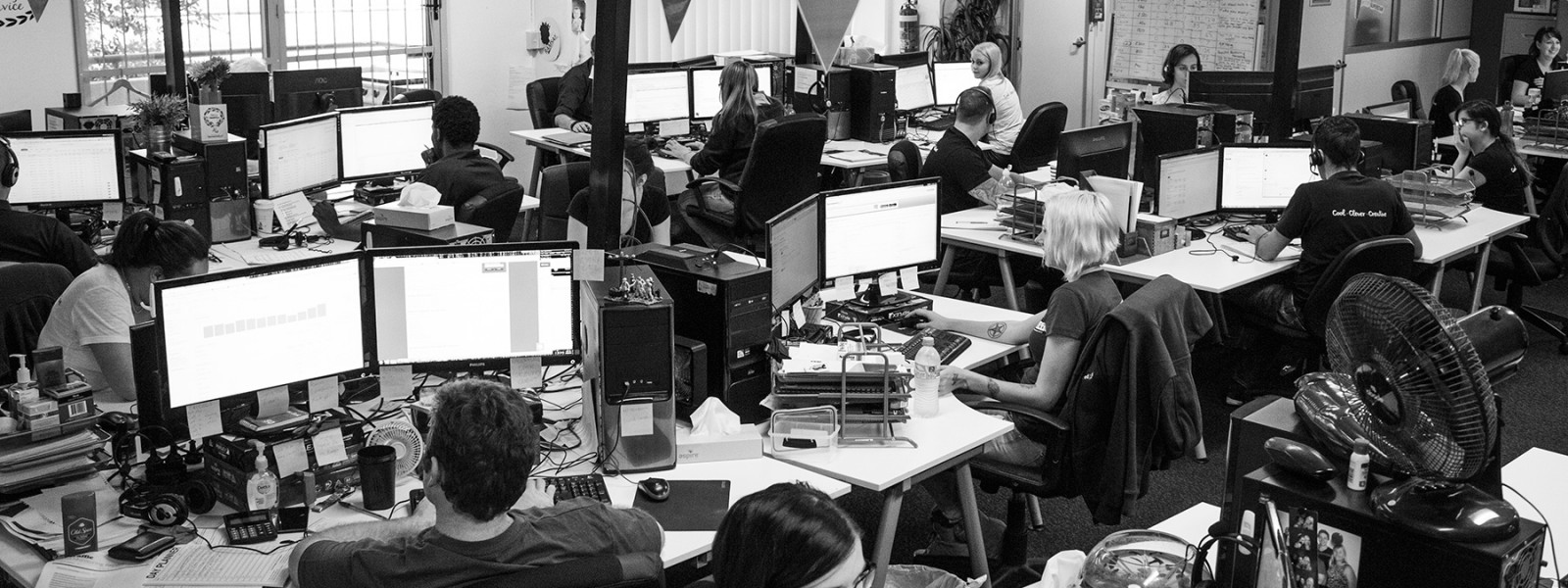-
Traffic
Get More Traffic
SponsoredLinX offers a number of different services to help drive more qualified traffic to your website. Google Ads Management Search Engine Optimisation Microsoft Ads Facebook Advertising Google Ads Mobile“SponsoredLinX are a rarity in today’s market place, they promise a lot but deliver more. Our business has grown by over 400% in one month; we are amazed at the difference they have made.”
-
Conversion
Convert More Leads
Our second step is making sure that your website is able to convert the traffic you receive into leads for your business. Optimising your website to convert more leads is important to a profitable campaign. Web Development Convertopages Do It For Me eCommerce“I just want to say thank you! The changes that you have applied in our AdWords campaign have definitely seen an improvement on click quality and sales for HippityHop.”
-
Retention
Retain Your Customers
As you build up a customer base you need to make sure to keep engaged and retain your relationship. Facebook Management LinX App“SponsoredLinX fully redesigned our main company website with a fresh, clean and professional look. The ‘Google friendly’ web design were part of the fantastic ongoing service we received.”

Surviving in the aftermath of ‘Mobilegeddon’
Google’s mobile friendly update that went live on April 21st of this year, dubbed ‘Mobilegeddon’ by those with a taste for melodrama, is now in full swing. Now that the dust it settling we can take a look at how bad the damage was and how different things will be from now on.
The truth is, as many in the SEO community predicted, the update was a bit of an anti-climax. Those who keep an eye on Google’s updates were absolutely inundated with hype and articles before the changes went live, full of educated guesses and pure speculation. But since April 21st things have been surprisingly quiet. Relatively speaking very little has been said about it, especially when you look back at previous major updates like the first two Penguin updates. Unlike those cases there has been no major uproar about lost business, plummeting rankings and sudden spectacular changes (at least, not with our clients).
SEO metrics companies track changes to SERPS (Search Engine Ranking Positions) across various industries and the changes they saw were unexpectedly small. There are several reasons for this and the lack of uproar:
* First and foremost people knew about the update and prepared for it. Even though Google only gave roughly two months’ notice it was something they’ve been warning about for far longer. There was very little excuse for being caught unprepared by this update. Google reports that in the two months between announcing the update and going live they saw a 4.7% increase in the proportion of sites classified as mobile friendly. That’s a huge jump over a short time and meant that an even larger percentage of sites were unaffected by the update.
* Secondly the update was rolled out gradually rather than just going all in at once. Google didn’t confirm the update was in full effect until the 1st of May, nearly two weeks after it started going live. So rather than a single big surge that caused the talking to spiral out of control, it was a steady progression of minor changes that never managed to spark a big reaction.
* Thirdly the actual changes weren’t as big as many people suspected they might be. It was easy to envision the mobile friendly update making it practically impossible for websites to rank on the first page of Google for mobile searches unless they were mobile friendly. But even after the update approximately 70% of mobile searches will return results that contain sites that are not mobile friendly.
* Finally, and this part was easily predicted but not voiced loudly enough, the traffic unfriendly sites would have lost was not the valuable traffic. Take for example a hypothetical website that is not mobile friendly but is getting a lot of mobile traffic because the update has not yet gone live. That mobile traffic probably isn’t converting well because those users simply leave, hoping to find a site that is mobile friendly. Fast forward in time to the update, the site’s rankings for mobile searches fall and their traffic drops. The traffic may drop but the amount of business coming in doesn’t change and due to the lower traffic the conversion rate actually increases. This scenario just doesn’t generate the kind of rage reaction Penguin updates have in the past.
So moving forward has much changed? Regardless of effects to individual businesses the update did one thing: the internet is a much more mobile friendly place than it was which can only be a good thing. There is still a large amount of progress required though as according to a recent report from RKG Merkle 46% of Fortune 500 companies do not have mobile friendly websites. Perhaps even more telling is that 29% of the 500 largest online retail sites in the USA are not mobile friendly. It’s going to take several more mobile friendliness updates from Google before all of this is completely resolved. When we look back at this update from Google it may simply be the first of a series of updates that finally woke the world up to the mobile reality.


